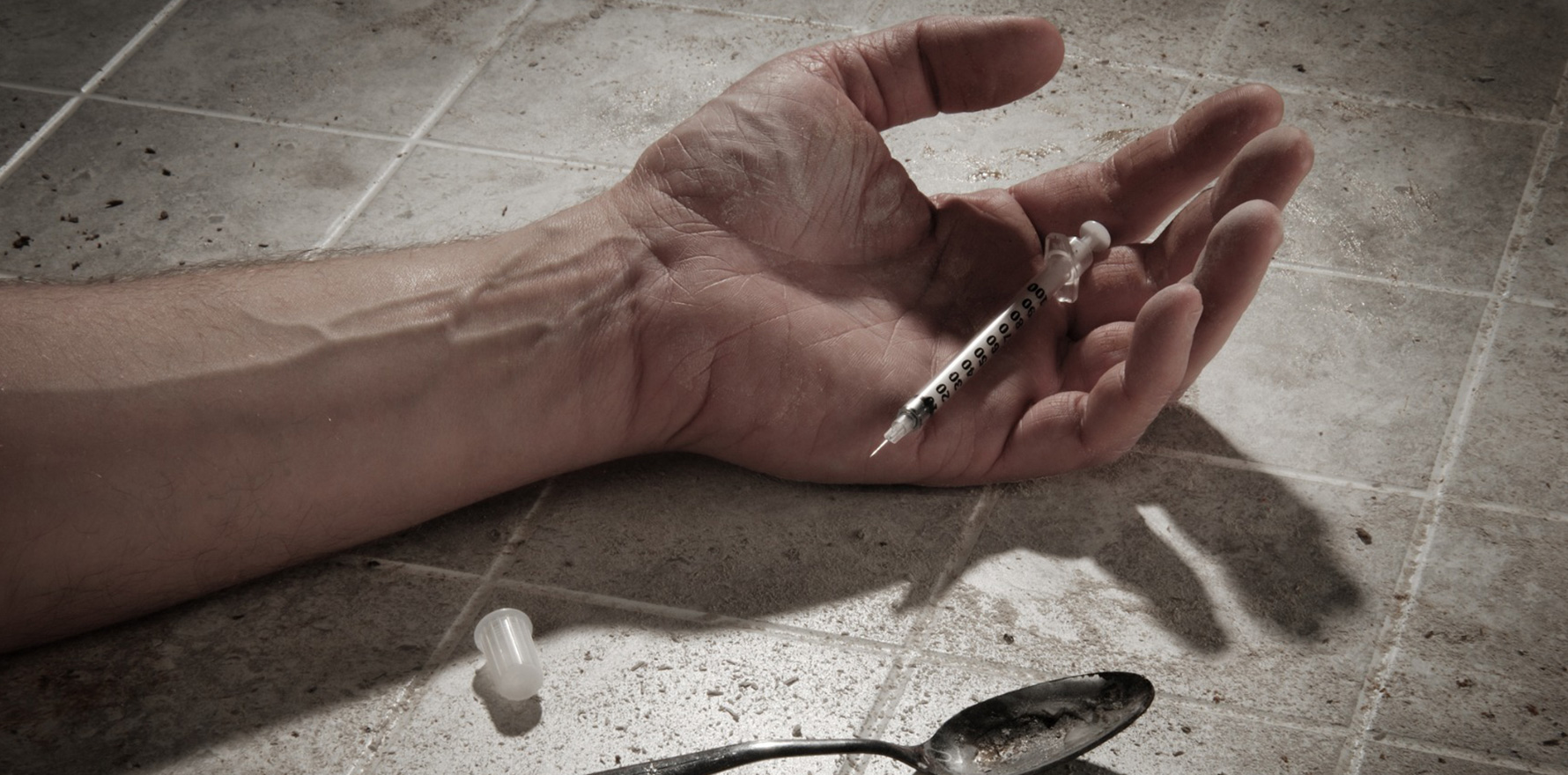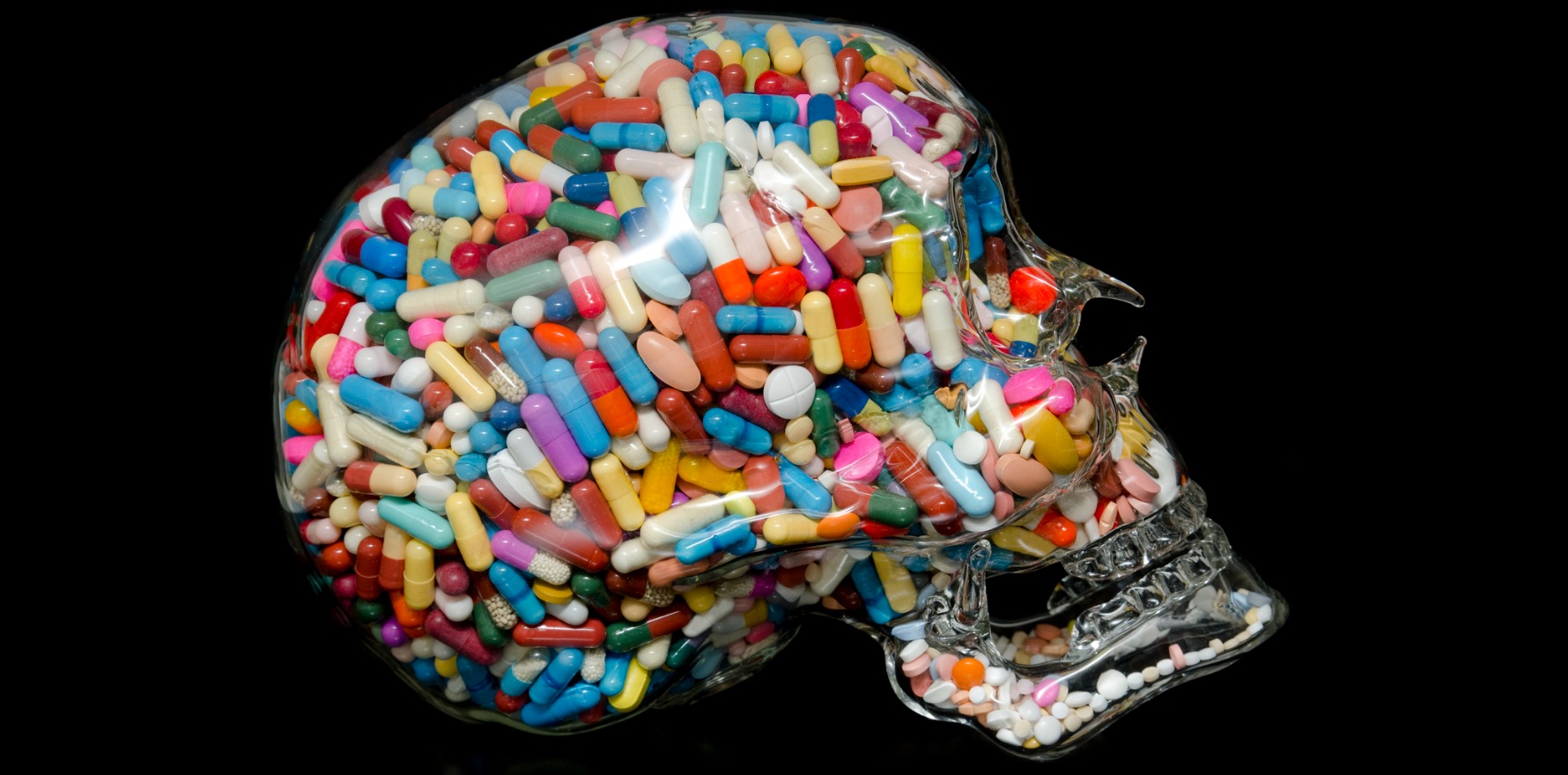Australians who die from heroin overdose are now more likely to be older, also taking meth and unenrolled in a treatment program.
In the 1990s, it was basically unheard of for an Australian over the age of 50 to die from a heroin overdose.
But in recent years, people as old as 73 have died from overdosing on the illicit narcotic.
Average age – which now sits at 42 years – isn’t the only shift in what the typical heroin overdose death looks like.
An Addiction paper published late last year examined the medicolegal death investigation records of 610 Australians who died with heroin in their system between 2020 and 2022 and found that a quarter of deaths were in people aged 50 or over.
“At the commencement of the international spread of heroin use in the 1960s, it was believed that people who used the drug would ‘mature out’ of opioid use by their 30s,” wrote the authors, led by National Drug & Alcohol Research Centre’s Professor Shane Darke.
“Although this may have once been so, and may still be true for some, for many it is no longer the case.
“Indeed, in our case series from the late 1990s, the oldest cases were in their 50s.”
Although the actual blood morphine concentrations varied, there was a definite skew toward lower concentrations: one in three deaths occurred where the free morphine concentration was between 0.01 and 0.10mg/L.
To put this number in context, a similar study published by Professor Darke in 2000 found a median blood morphine concentration of 0.35mg/L in overdose deaths
Additionally, just 7.5% of the study population was enrolled in a drug treatment program at time of death.
“We know that enrolment in a treatment program substantially reduces the risk of overdose and death,” Professor Darke wrote in an accompanying MJA Insight+ piece.
“The more people with heroin dependence who we enrol in treatment, the more lives are likely to be saved.”
Related
Polypharmacy had also become a “cardinal feature” of heroin overdose, with 95% of cases in the recent study involving another drug.
Hypnosedatives like diazepam weae the most common addition, followed by psychostimulants like methamphetamine, which appeared in 45% of cases.
Professor Darke said the high prevalence of psychostimulants signalled a “major shift” in the toxicology of heroin overdoses.
“These high levels stand in stark contrast to previous Australian and European case series, where the reported level has been consistently under 10%,” the researchers wrote in Addiction.
“These levels are more akin to those reported in United States studies.”
In some cases, it’s likely that the combination of additional myocardial oxygen demand caused by psychostimulants and opioid-induced respiratory depression could have increased the risk of death.
Other opioids were involved in 20% of cases, but pharmaceutical opioids fentanyl and oxycodone were present in only 2% of the heroin deaths.
Another troubling finding was that heroin metabolite 6-acetyl morphine (6AM) was present in the blood of just under half of the cases, meaning the majority of people likely survived for longer than half an hour after administering a fatal dose.
“Using this proxy, in most cases there appears to have been time to intervene,” the researchers wrote.
While the majority of people died in a private home or hotel room, there were other people in their immediate vicinity in 55% of cases.
Naloxone, a powerful over-the-counter opioid reversal drug available to at-risk populations for free, was detected in less than 6% of cases.





